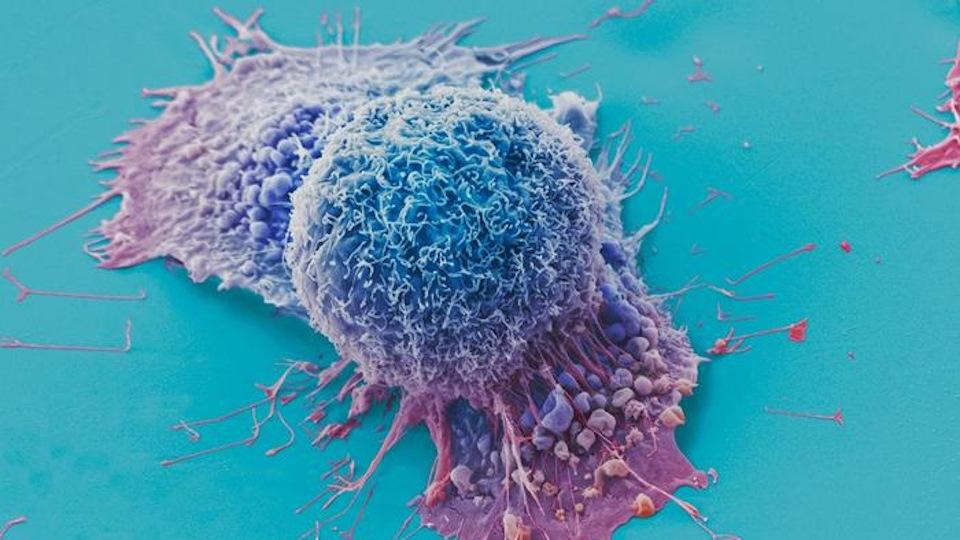Why does your address raise your risk of heart attack? AI seeks answers

It's well known that where you live can have a profound impact on your risk of heart attack or stroke, but the exact reasons behind that inequality can be hard to tease out.
Now, a collaboration between drugmaker Novartis, Microsoft, and New York University (NYU) intends to use artificial intelligence (AI) to investigate the factors behind the observation that a person living in one neighbourhood can have a greater risk of heart disease and poorer outcomes than another living mere streets away.
The initiative – called the AI4HealthyCities Health Equity Network – is kicking off in New York City and will use data and analytics to target heart health inequity, and hopefully guide public health authorities towards strategies that can level the playing field for patients.
The plan is to roll the programme out into other cities around the world later this year.
It's intuitive to think that neighbourhood features – such as healthcare resources, healthy food options, and facilities for physical activity – may be particularly important in patients with chronic conditions, such as heart disease.
According to NYU researcher Dr José Pagán, where people live and work in New York, as well as their degree of social and economic disadvantage, has a bigger impact on their risk of developing cardiovascular disease than their access to healthcare.
For example, previous research has found wide disparities in heart health in NYC, with premature death rates from heart disease 2.4 times as high in the poorest areas compared to the richest, and 1.8 times higher among black compared to white adults.
"This initiative will give us better insights into the cardiovascular health of New Yorkers in an effort to identify the most pressing issues to address and shape our city's policies," he said.
Microsoft's AI will do the heavy lifting, examining anonymised data on the conditions in which people are born, grow, work, and age in the city, to find variables that are predictive of cardiovascular disease and a poorer outcome after diagnosis.
Housing, access to healthy food, physical exercise or green space, education, professional occupation, pollution, migration, and the influence of structural racism and ageism are all variables that will be taken into account during the project.
That could help urban policymakers better target health resources towards the interventions that could have the greatest impact on heart health, said the partners.
"Whether at a global or local level, health inequities are shaped by economic status and access to resources," according to Dr Ann Aerts, head of the Novartis Foundation.
"In New York and other cities, we believe that data and AI-driven insights can help stakeholders make informed decisions on impactful urban heart health interventions that ultimately reach the greatest number of people."
The project extends the work of the Novartis Foundation – a non-profit arm of the Swiss pharma group – in population-wide measures to improve health and reduce inequalities.
It is already running a scheme, called CARDIO4Cities, which lays out a toolkit of best practices that cities can adopt to reduce cardiovascular risk in their citizens.
A pilot of the approach has been conducted in three cities – São Paulo, Dakar, and Ulaanbaatar – and tripled blood pressure control rates, sometimes improving on rates achieved in European countries.
It is due to be extended into additional cities, including Ho Chi Minh City, and expanded to include other cardiovascular risk factors including high cholesterol, diabetes, and obesity.
In 2020, a report from the Novartis Foundation and Microsoft concluded that health systems in lower-income countries could overtake those in richer countries with AI-enabled technologies.
Image by Thomas Geider from Pixabay












